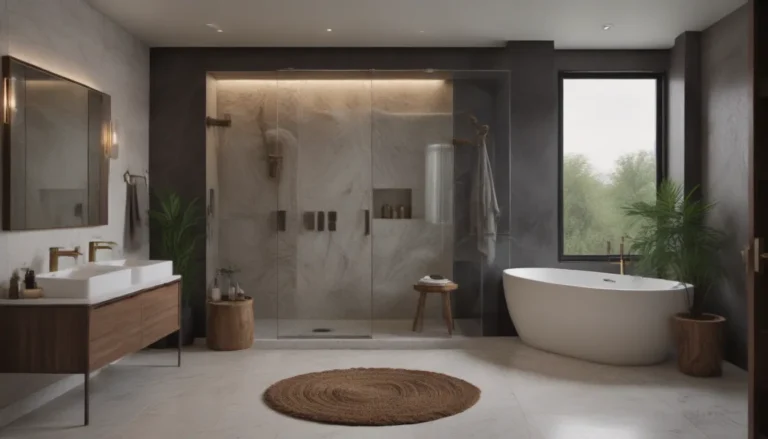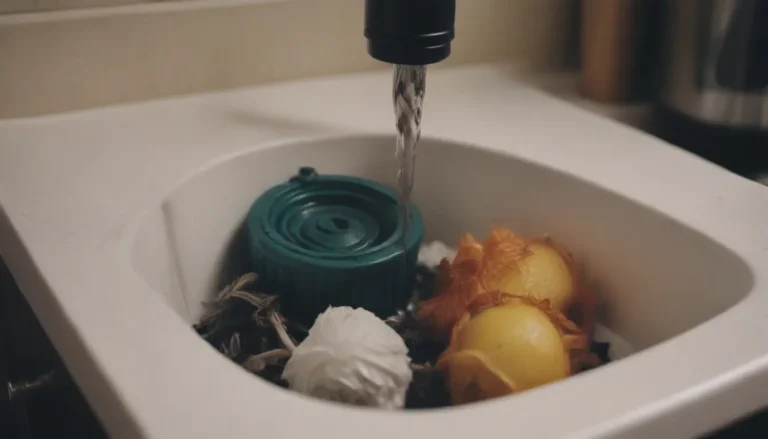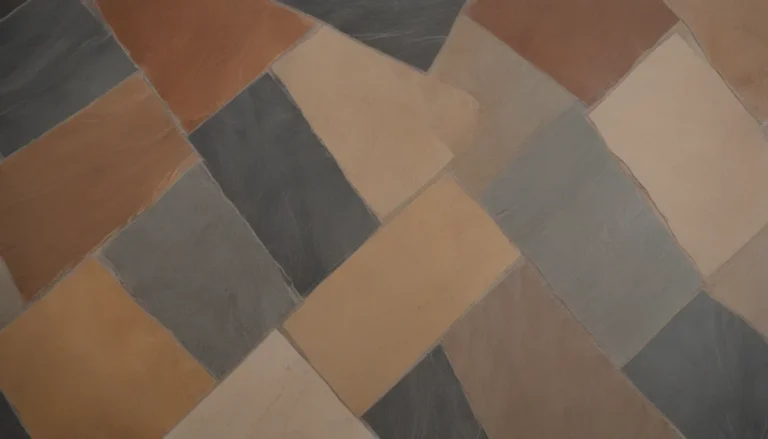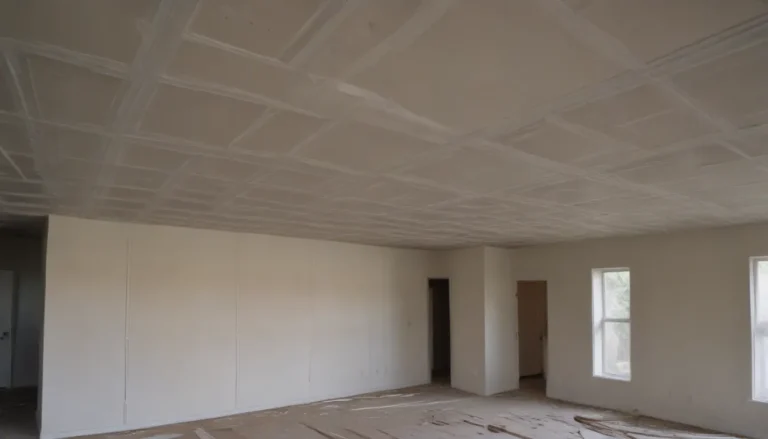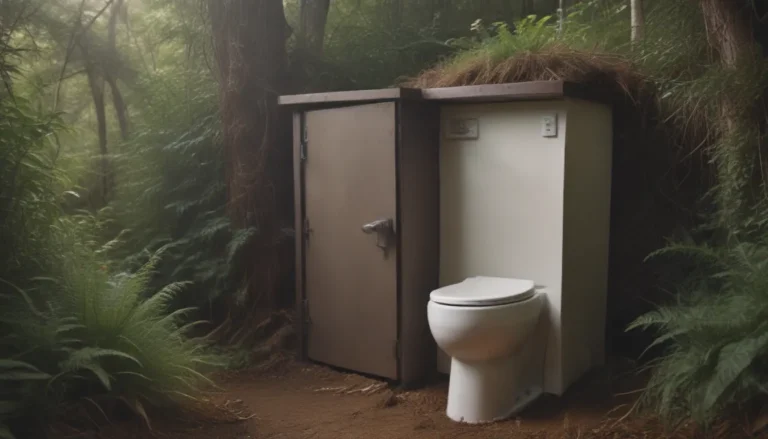The Ultimate Guide to Choosing Baseboards and Trim Materials
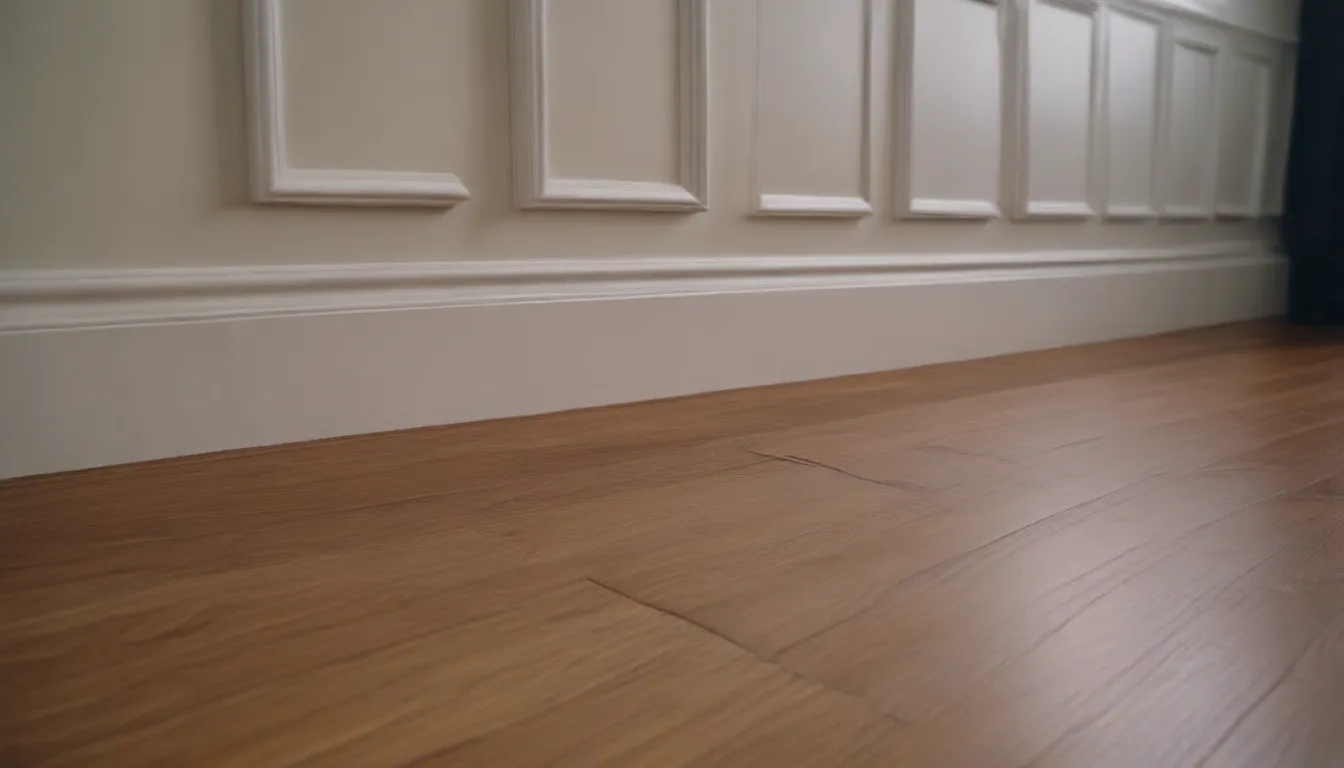
Are you in the market for baseboards and trim but unsure which material to choose? In the past, the options were limited to natural wood, usually pine or hemlock. However, with advancements in technology, there are now more materials available, such as MDF and plastic. But how do these materials compare to traditional solid wood baseboards, and which one is right for you? Let’s explore the differences and help you make an informed decision.
Using MDF Baseboards and Trim
Medium Density Fiberboard (MDF) is a popular choice for baseboards and trim due to its affordability and versatility. Here are some key points to consider when using MDF:
- Lower cost: MDF is generally more affordable than solid wood, making it a cost-effective option for those on a budget.
- Flexibility: MDF is flexible and easy to work with, making it ideal for curved walls or intricate designs.
- Easy installation: MDF cuts easily and does not split, making installation a breeze.
- Prone to damage: MDF is damaged by water, so it is not suitable for wet areas like bathrooms.
- Requires painting: MDF cannot be stained and must be painted to protect it from damage.
- Strength: While MDF is not as strong as wood, it is structurally sound when installed on a wall that provides support.
One important tip to keep in mind when using MDF is to pair it with another material for added strength. The wall behind the baseboards should provide enough support to ensure durability and longevity.
Using Wood Baseboards and Trim
If you prefer the natural beauty of wood, solid wood baseboards are the way to go. Here are some key points to consider when using wood baseboards:
- Strength: Wood is strong and durable, making it suitable for high-traffic areas.
- Natural beauty: Wood can be left natural or stained to enhance its natural grain and beauty.
- Potential for splitting: Wood can split when nailed, so care must be taken during installation.
- Straightness: Natural wood may not always be perfectly straight, so be sure to check for quality before installation.
Finger-jointed pine is a cost-effective option for purchasing real wood baseboards, as it offers the strength of wood without the high cost. When installing wood baseboards, be mindful of potential splitting and ensure that the pieces are straight for a seamless finish.
Using Plastic Baseboards and Trim
Plastic baseboards and trim, made from materials like polyurethane or PVC, offer unique advantages for certain applications. Here are some key points to consider when using plastic baseboards:
- Waterproof: Plastic baseboards are 100% waterproof, making them ideal for high-moisture areas like bathrooms.
- Insect resistant: Plastic is not attractive to insects, making it a practical choice for areas prone to pests.
- Cost: Plastic baseboards can be more expensive than other materials, especially for larger projects.
- Difficulty painting: Plastic can be challenging to paint, so it is not ideal for those looking to customize the color.
- Durability: Plastic baseboards will not split or crack, ensuring long-lasting performance.
While plastic baseboards may have a higher upfront cost, their durability and resistance to moisture and pests make them a practical choice for certain environments.
How to Decide on Baseboard and Trim Material
When deciding on the right material for your baseboards and trim, consider the following factors:
- Budget: If cost is a concern, MDF may be the most affordable option.
- Aesthetic preference: If you value the natural beauty of wood, solid wood baseboards are the way to go.
- Durability: For high-traffic or wet areas, consider materials like wood or plastic that offer strength and resistance to damage.
- Installation ease: If you are looking for easy installation, MDF may be the best choice due to its flexibility and ease of cutting.
Ultimately, the best material for your baseboards and trim will depend on your specific needs and preferences. Whether you choose MDF, wood, or plastic, each material has its own unique benefits and considerations. By taking the time to weigh the pros and cons of each option, you can make an informed decision that suits your home and budget.
In conclusion, when choosing baseboards and trim materials, consider factors such as cost, durability, aesthetic preference, and ease of installation. Whether you opt for MDF, wood, or plastic, make sure to select a material that meets your needs and complements your home’s decor. With the right baseboards and trim in place, you can enhance the overall look and feel of your space while ensuring long-lasting performance.
